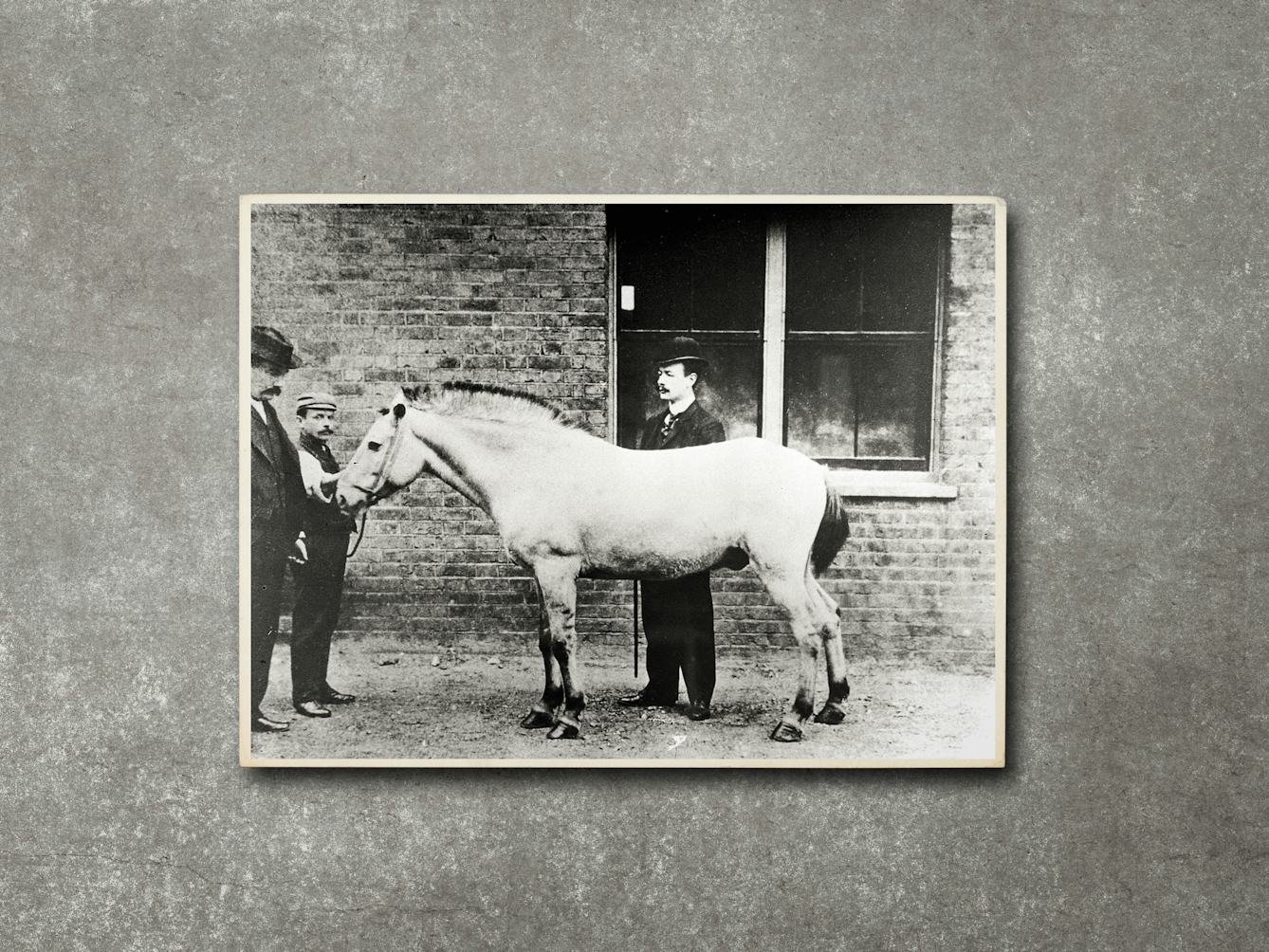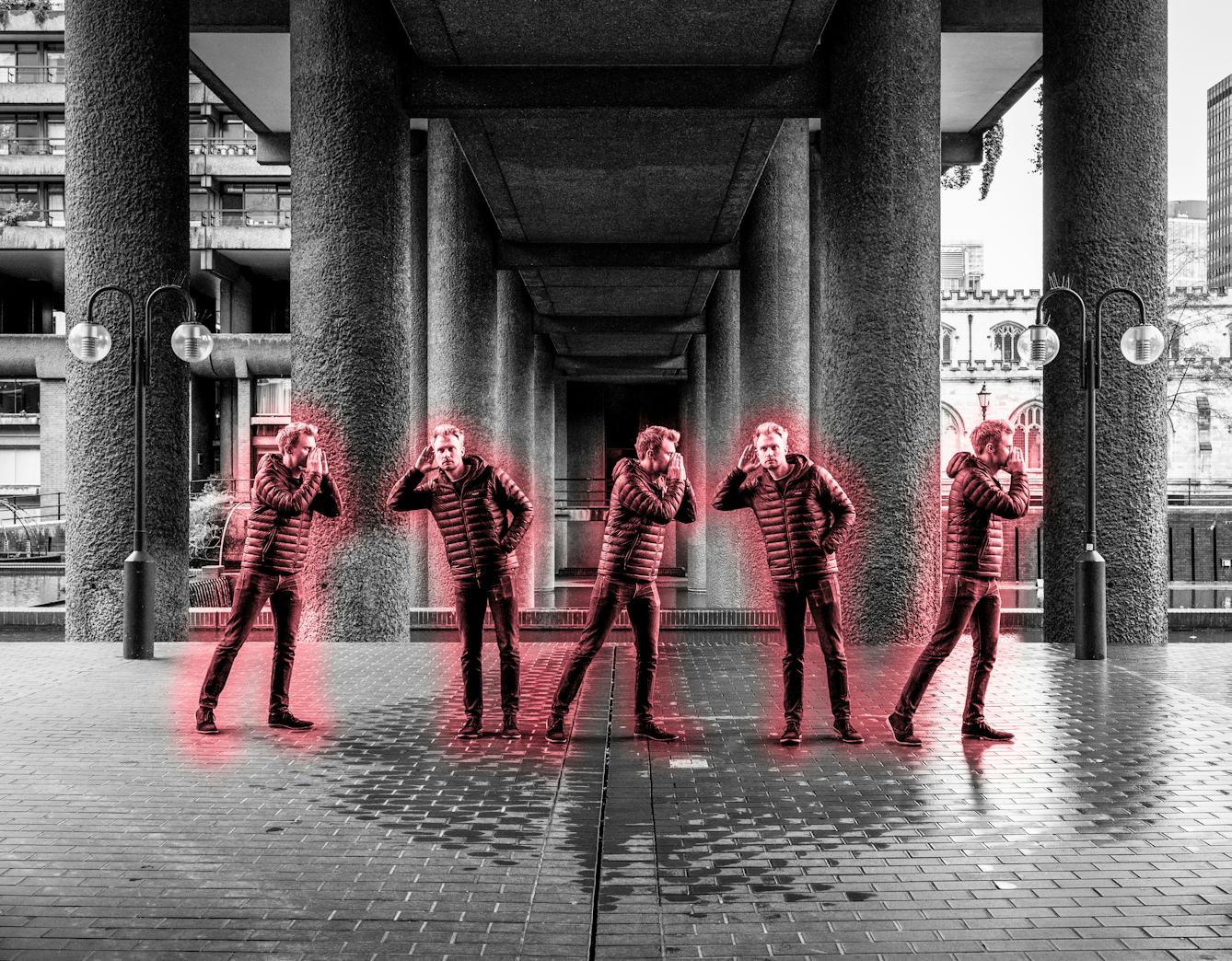Stories

- Article
History of condoms from animal to rubber
Come on a journey from the first recorded condoms in the 16th century to the modern female condoms in the 1990s – and everything in between.

- Article
Dirt, disease and the Inspector of Nuisances
In the days when ‘bad air’ was thought to spread disease, dozens of Inspectors of Nuisances ceaselessly struggled against the perils of dirt – both visible and invisible.

- Article
Jim, the horse of death
Horses’ blood was used to produce an antitoxin that saved thousands of children from dying from diphtheria, but contamination was a deadly problem. Find out how a horse called Jim was the catalyst for the beginnings of medical regulation.

- Book extract
The science of why things spread
From deadly pandemics to viral tweets, Adam Kucharski explores what makes something contagious.
Catalogue
- Audio
Animals that changed the world : disease carriers.
Date: 2000- Archives and manuscripts
Insects as carriers of disease GHF Nuttall 1899
Date: 1899-1934Reference: PP/FPW/B.169/1Part of: Parkes Weber, Frederick (1863-1962)- Books
A historical note upon diptera as carriers of disease : Paré, Déclat / by Howard A. Kelly.
Kelly, Howard A. (Howard Atwood), 1858-1943.Date: 1901
- Pictures
The tiger mosquito and the grey 'night-biting' mosquito as carriers of disease (dengue, yellow fever and filaria); advising citizens to clean up water-holding rubbish. Colour lithograph, ca. 1928.
Brisbane (Qld.). City Council. Department of Health.Date: [1928?]Reference: 562405i- Books
Notes on some Indian species of the genus Phlebotomus. Part XI, The rôle of insects of the genus Phlebotomus as carriers of disease, with special reference to India / by J.A. Sinton.
Sinton, J. A. (John Alexander), 1884-1956.Date: [1925]









